coastal bush lupine
(yellow bush lupine)
Lupinus arboreus
Member of
bush lupine complex (complex Lupinus albifrons)
lupines (genus Lupinus)
legume family (family Fabaceae)
dicots (class Magnoliopsida)
purple, pale purple, yellow, cream in flowering plants
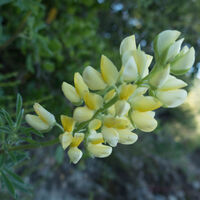
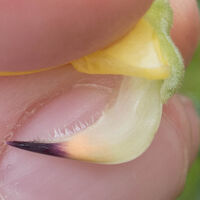
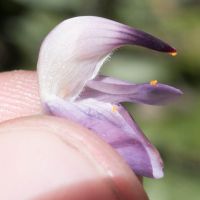
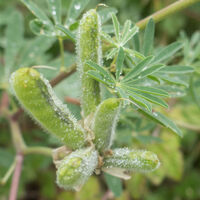
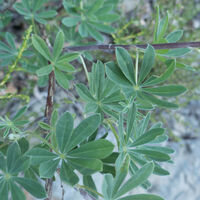

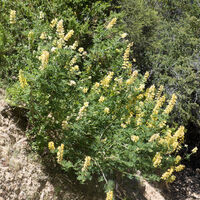
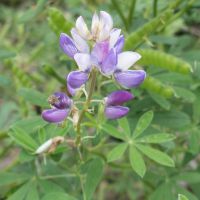
- habit: shrub 50–200 cm, green-glabrous to silver-hairy
- stem: woody, erect
- leaf: cauline; stipules 8–12 mm; petiole 2–3(6) cm; leaflets 5–12, 20–60 mm
- inflorescence: 10–30 cm, flowers whorled or not; peduncle 4–10 cm; pedicels 4–10 mm; bract 8–10 mm
- flower: 14–18 mm; calyx upper lip 5–9 mm, 2-toothed, lower 5–7 mm, entire; petals generally yellow (rarely lilac to purple), banner back glabrous (best seen in buds), spot darker or not to white
- keel upper margins ciliate claw to tip, lower glabrous
- very common near the pacific coast, rare elsewhere
Toxicity of blue bonnet, lupine (Lupinus spp.):
4 – Ingestion of these plants, especially in large amounts, is expected to cause serious effects to the heart, liver, kidneys or brain. If ingested in any amount, call the poison center immediately.
Locations: Months: For more details, use advanced search.
Chris’s observations: 19 (14 are research grade)
Taxon info: iNaturalist – Calflora – CalPhotos – Jepson eFlora – FNA
Bay Area species: iNaturalist – Calflora